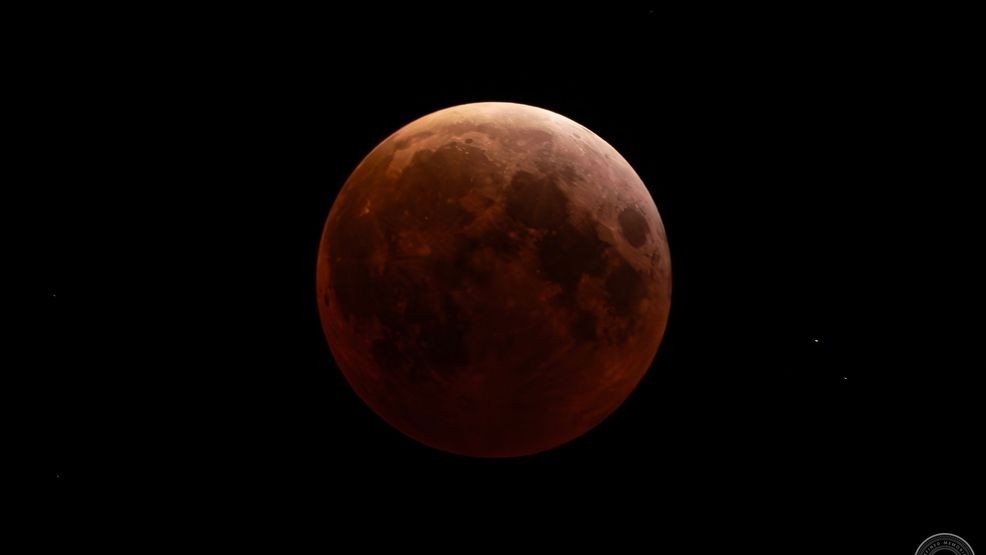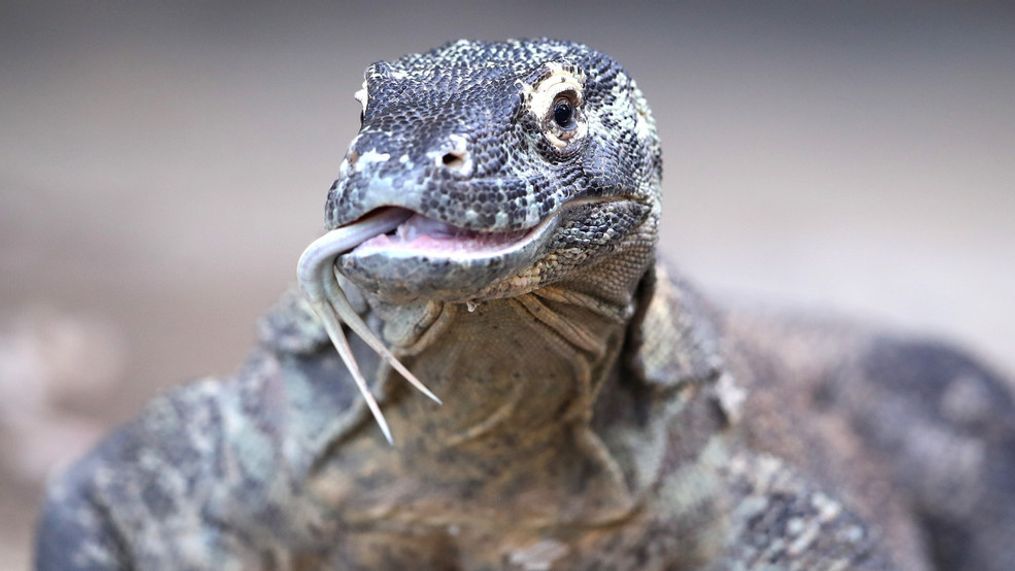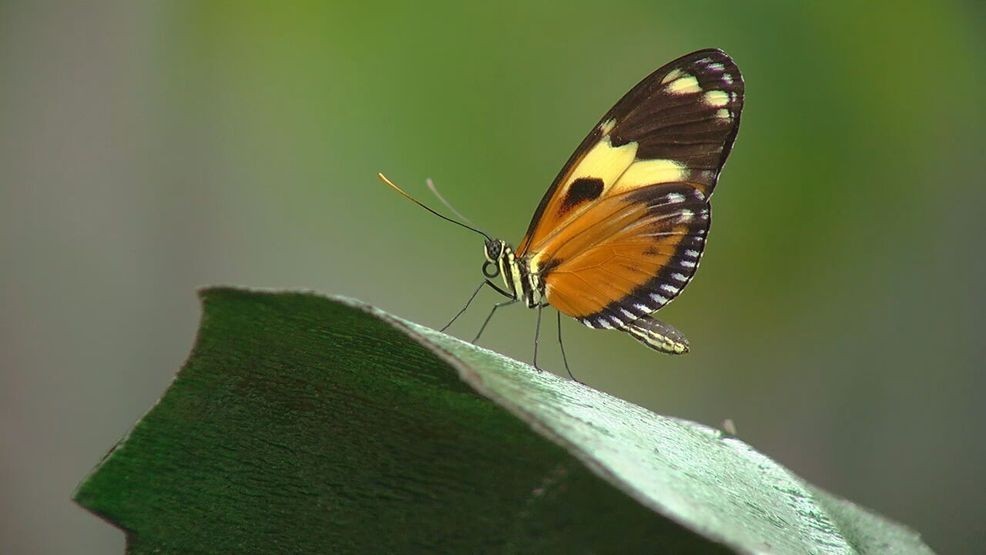Study finds Komodo dragons have iron-tipped teeth for easier killing
(WKRC) — If you weren't afraid of reptiles before, just wait.
Komodo dragons may look less assuming than other monitor lizards or crocodiles, but they're just as fierce. They average 175 pounds and eat just about anything that has meat in it. What's more, their teeth are reinforced with iron to make mutilation and chomping through skin even easier.
"As the world’s largest lizards, Komodo dragons are inarguably impressive animals," said Dr. Benjamin Tapley, Curator of Reptiles and Amphibians at the Zoological Society of London. Having worked with them for 12 years at London Zoo, I continue to be fascinated by them and these findings further emphasize just how incredible they are."
Researchers from the King's College in London published a studythat found Komodo dragons actually have a layer of concentrated iron around the edges of their teeth to aid them in dismembering and ripping into prey.
Komodo dragons aren't the first reptile to have iron in their teeth, but it is much more dense and visible on the dragons than it is on something like a crocodile.
Gathering Komodo dragon teeth wasn't as easy as you might think. The group had to raid any and every museum they could find (with permission, of course). Through studying dozens of teeth with imaging and chemical analysis, the scientists found concentrated deposits of iron along the serrated edges. According to the study, the iron keeps the dragon's teeth sharp and ready to eat.
"Komodo dragons have curved, serrated teeth to rip and tear their prey just like those of meat-eating dinosaurs," said Dr. Aaron LeBlanc from the Center for Oral, Clinical & Transitional Sciences.
Due to the similarities between Komodo dragon teeth and the teeth of carnivorous dinosaurs, the researchers behind the study hoped they could utilize their research to learn about how certain dinosaurs ate.
"Unfortunately, using the technology we have at the moment, we can't see whether fossilized dinosaur teeth had high levels of iron or not," Dr. LeBlanc said.
"What we did find, though, was that larger meat-eating dinosaurs, like tyrannosaurs, did change the structure of the enamel itself on the cutting edges of their teeth," he said. This seems to be similar to how Komodo dragon teeth form.
"With further analysis of the Komodo teeth, we may be able to find other markers in the iron coating that aren’t changed during fossilization. With markers like that, we would know with certainty whether dinosaurs also had iron-coated teeth and have a greater understanding of these ferocious predators."
The researchers also emphasized that Komodo dragons are endangered. They hope their research may help them protect these majestic beasts.




















